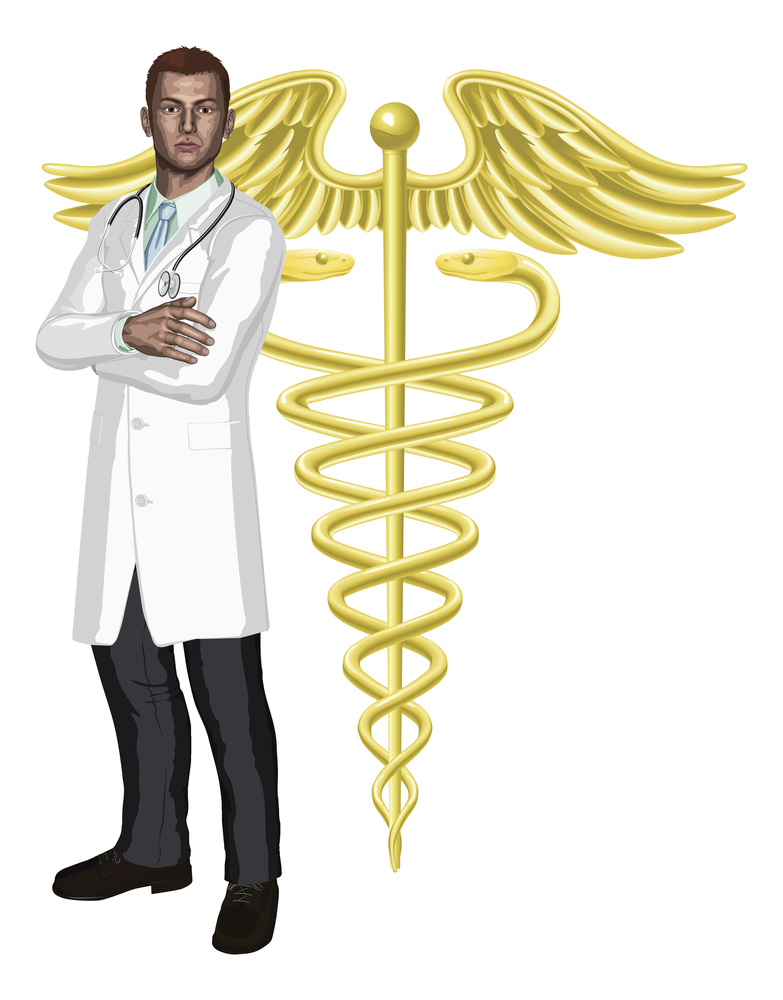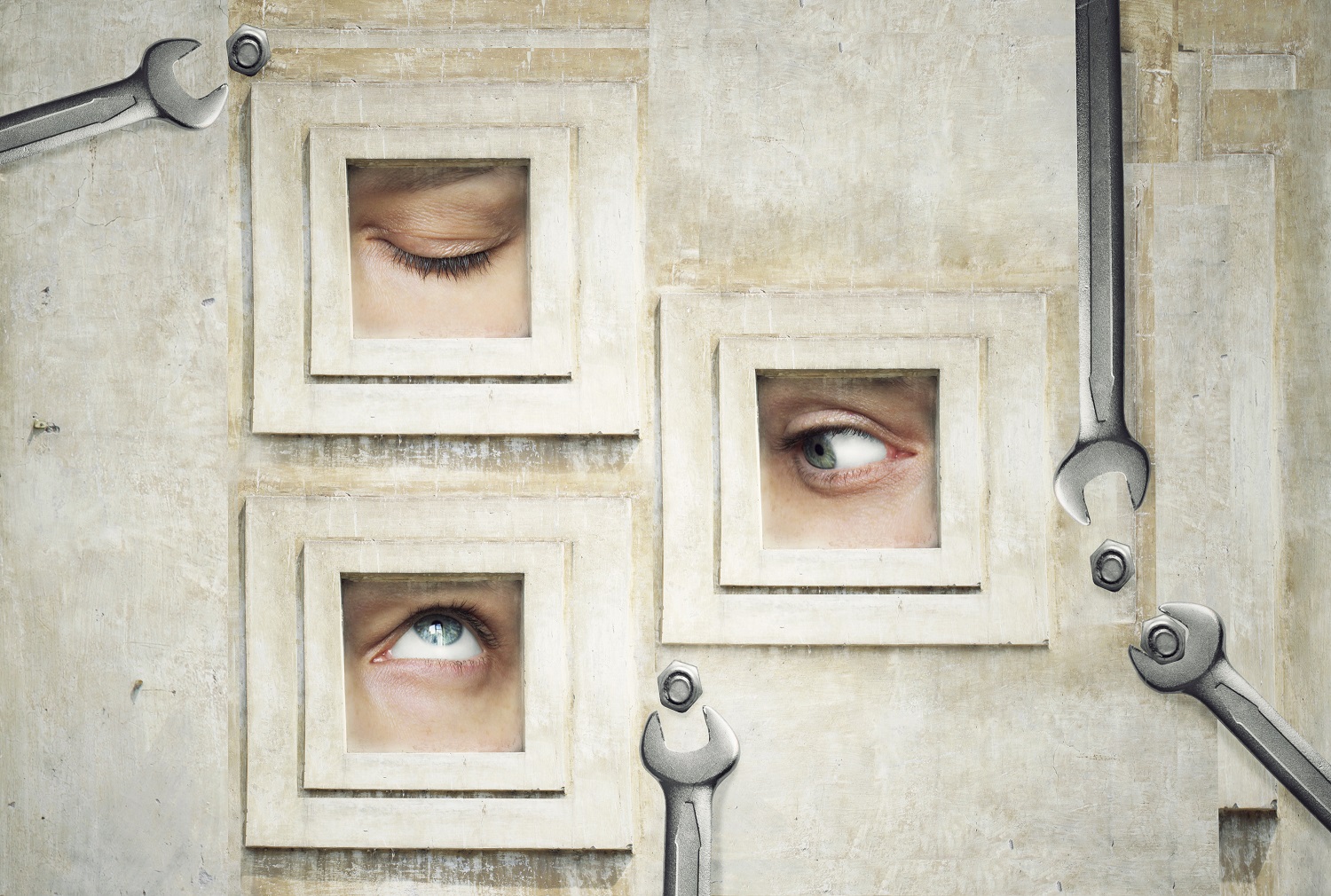
At first glance Norman Cousins’ book Anatomy of an Illness as Perceived by the Patient: Reflections on Healing and Regeneration looks like it might be another preachy rehash of themes and ideas indigenous to contemporary holistic medicine mania. Without meaning to evoke the axiom ‘bigger is better’, the size and thickness of the book definitely facilitate such a premature judgement. But outward appearances can be deceptive, and hidden inside is a perennial esoteric philosophy of mind that has seldom been rendered more coherent, concise, and practicable for members of the general public by any other treatise or manual on health. Perhaps the most commendable aspect of the work is that it has been transcribed by a man who took responsibility for his own crippling and irremediable disease, invoking inner powers of healing latent in each and every person to defy natural law and surmount it. The rudimentary overture being echoed throughout is that proactivity should take precedence over reaction and responsibility over apathy when it comes to overcoming the adversity of sickness and physical incapacity. Cousins’ banter rings true enough. If you don’t care about the homeostasis of your own health and wellbeing, then why should anybody else?
The first chapter serves a dual purpose; it introduces the reading audience to the personal and inspirational anecdote which spurred the author’s articulately expressed perceptions on the pivotal role of attitude and emotion in recovery from illness and appropriates the experience to establish him as an important and authoritative voice in the arena of holistic healing. In the anecdote, we learn that Cousins was suffering from ankylosing spondylitis, a chronic, debilitating condition typified by the disintegration of the spine’s connective tissue. Unlike a great many other people who psychologically capitulate and surrender their conscious will to fight and subsist in the world upon receiving a dark prognosis, Cousins mentally overruled a dire medical verdict which assessed his chances of recovery at one in five hundred and went about actively seeking extrication from his condition. He used two specific ingredients in fabricating a powerful universal panacea that slowly nursed him back to health; ample amounts of ascorbic acid injected intravenously and constant reaffirmations of positive sentiments like laughter, faith, love, and the unyielding will to live.
The combination obviously ended up being a salutary and advantageous therapy for it alleviated him of excruciating back pain and beat the odds quantified by the ominous medical prognosis by healing him completely. While the viability of such miraculous claims might be scrutinized, brought into disrepute, and questioned by medical professionals faithful to traditional streams of thought, Cousins does mobilize a self-help therapeutic model likely to assist recuperation rather than hinder it. He tells us to form symbiotic relationships with our treating doctors; to be proactive in researching the etiologies of our own conditions and illnesses; and to consciously transcend the vicious cycle of anxiety, despair, and panic that so often traps sufferers of chronic and incurable illnesses in little corners of futility. It doesn’t hurt to go out of one’s way to acquaint oneself with imminent treatments and drugs for the sake of making smart and responsible choices either. In that way one might be able to improve their own condition by switching a hazardous armamentarium of harmful drugs for natural remedies that aren’t likely to damage organs or systems of the body. Cousins is basically saying, “Your illness or condition is your problem, so use all the resources available to you as well as your inner wisdom and just think your way out of it.”
In the second chapter, Cousins develops his hypothesis about the curative power of positive sentiments and beliefs by bringing it into line with the quantifiable aptitudes of the placebo effect. According to Cousins, scientists who have conducted studies into the power of the placebo have found that faith and conviction in a medical practitioner or a prescription drug incites the cerebral cortex to action; the latter affects positive biochemical charges in the body, thus transforming positive sentiments into tangible and reckonable phenomena. In layman’s terms, Cousins is explicitly stating that the belief in efficacious medicines and in recovery becomes a self-fulfilling prophecy. Close scrutiny of the text reveals a deliberate and conscientious effort on Cousins’ part to substantiate his own opinions by juxtaposing them against similar ones made by leading medical professionals around the world. The Romanian endocrinologist Ana Aslan, for instance, ardently espouses the theoretical premise that there is a causal link between a thirst for life and brain chemistry.
These ideas seem to correspond well with the dynamic systems theory discussed in my ‘mind-brain relationship’ articles, an archetypal model that sketches out how higher forms of causation proceed from and operate independently of the rudimentary biological systems that birthed them. They’re also fitting candidates for innumerable miracle healings purported to occur at various consecrated sites around the world. As Cousins so fittingly professes, the placebo effect is a proficient and nimble messenger between worlds; it is an emissary between the intangible, higher realm of mentation and the tangible, lower realm of matter that materializes when equilibrium has spontaneously vanished and regeneration must be sought. Through the chapter he articulates that the placebo is the doctor who resides within and who heals. But what is the nature of that which heals and conquers bodily adversity? What exactly is it that makes healing possible? Is it some kind of vital force or ‘ether’ that remains unknown to science? On this subject Cousins remains hauntingly silent.
The third chapter is a sentimental ode to creativity in the context of healing, health, and longevity of life. Initially, I espoused reservations about this third proposed key of biochemical significance because it seemed to shift the flight of the argument away from the principal theme of curing illnesses and re-establishing connections with fundamental harmony and health. However in reading on it dawned upon me that the former not only harmonizes with corroborating aspects of the holistic tradition but actually completes it. And how might you ask? Art in all its forms and guises–music, drawing, painting, writing, sculpting, and so forth–is a peripheral expression of personal and collective mythologies that so eloquently define who we are in relation to the greater cosmos and the total sum of possibilities of what we can become. We are at our mightiest, our most spirited, and our most resilient when we allow the transpersonal forces manifesting in timeless myths to possess and work through the transient vehicles which are our minds and bodies. In surrendering ourselves willingly to these superior, grander, and nobler forces, we are allowed to transcend limitations imposed upon us by our own sensory modalities and by spatiotemporal conditions to which we are temporarily bound. The honeyed kernel of art is our birth right, existing within each and every one of us and uniting generations across the multifaceted strata of time. It is supernal, glorious, and magnanimous; it transcends the colour, qualities and variant physiognomies of race, culture, age, sexuality, genetic and psychic composition, and every other small-minded and reductionist endeavour seeking to divide and compartmentalize. One redemptive condition of being human is that you are touched by your own beauty from time to time; you become a Narcissus enamoured of the genuine and observable authenticity of passion and desire in concrete reflections of art. By engaging and cultivating the creative tendencies lying dormant within ourselves, we are in effect harnessing a deep appreciation for the great mysteries of life and thus sharpening our instinctual and conscious will to live and survive. Creativity is willpower and willpower is a most potent medicine for the mind.
Following the discourse on the place of creativity in healing are two shorter chapters; one on pain and another which offers a broad historiographical overview of the holistic health movement in the United States of America. In the first, Norman Cousins inventively utilizes a discussion on the search for “magic” pills in blunting pain to emphasise the continuing story of human ignorance and foolhardiness. People tend to perceive pain as a Machiavellian enemy that should be avoided at all costs, even if it means having to compromise one area of functional health to eliminate it. But the actual truth of the matter, according to Cousins, is that psychogenic causes underrun most forms of physical pain and that the latter can be eradicated by radically modifying all environmental factors liable to generate stress, tension, and other negative sentiments. The importance of education and the mobilization of common sense in this instance cannot be overstated. People need to comprehend the mechanics of their own bodies and call upon the entire continuum of past experiences in determining whether a particular set of symptoms are of a psychogenic nature or whether they are initial warnings signalling something that has gone wrong on an organic level. In this way, people can avoid licentious pill popping and engage a preliminary form of self-diagnosis that curbs visitations to health care professionals. Consequently, health care professionals can devote more of their time and effort in diagnosing and treating chronic conditions that demand medical attention. It’s that easy folks!
The final section of the book details how the medical establishment reacted to the unorthodox methodology adopted by Cousins in the treatment of ankylosing spondylitis. Most of the views expressed were encouraging and supportive, save perhaps for those belonging to a few impertinent and elitist doctors who thought it most inappropriate that a layman should intrude into an arena reserved exclusively for health care professionals. Nonetheless, the general consensus and attitude amongst doctors who entered into correspondence with him was that patients should adopt proactive roles in therapies tailored to harmonize with the lifestyle, personality, and food regimen of each individual. Mind and body are two parts of a whole, and so the best method of treatment is also one that bases its evaluations and judgments on a confluence of intrinsic and environmental factors. Cousins reiterates this point at various intervals through the book, a technique used deliberately (I think) to draw our attention to the trinity of nutrition, exercise, and sleep and its central importance to the conservation of good health. The key to prevention and cure, says Cousins, is in the whole. Doctors must treat with regard for the configuration of the whole. Nothing more, nothing less!
Without a doubt Anatomy of an Illness as Perceived by the Patient is the first book by a layman of the twenty-first century stressing the important role positive emotions like laughter and humour and other natural tendencies play in recuperation from disease. It is also a small-scale and modest reinvention of the timeless and comprehensive “mind over matter” proverb that has troubled every philosopher since the day Pythagoras first coined the term to describe intellectuals who disciplined themselves morally via the inner pursuit of wisdom and knowledge. In hindsight, we could safely say that there is nothing in Anatomy of an Illness as Perceived by the Patient that is unknown to the sum of collective knowledge about holistic approaches to health and wellbeing. Pythagoras was prescribing musical compositions to influence his students’ moods and the Asclepeion of Epidaurus in ancient Greece was offering its patients psychotherapy through comedy aeons before Cousins healed himself of an irreversible and crippling illness by appropriating a lucid amalgamation of the same natural resources.
Music is medicine. Humour and the laughter that ensues is also medicine. Sometimes, it takes an inspirational and eloquently written personal myth to remind us of the fact…









